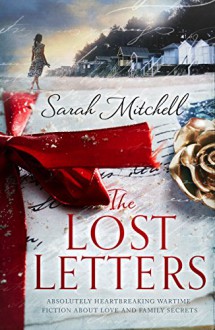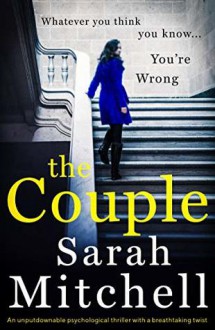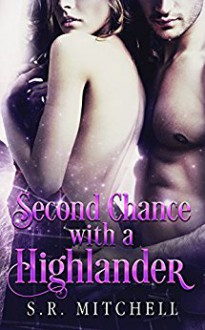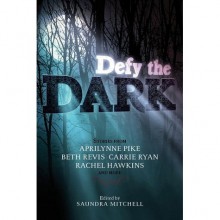
I am writing this review as a member of Rosie’s Book Review Team (authors, if you’re looking for reviews, I recommend you check her amazing site here), and I thank her and the publisher for providing me an ARC copy of this book that I freely chose to review.
The novel tells two stories centred in two different times, one set in the 1940s, mostly in WWII Norfolk, although with some visits to London, and another taking place now, also set in Norfolk in its majority. The chapters set in the past are written in the past tense from the point of view of Sylvia, a married woman, mother of two children, still pining for her teenage love. When her aunt dies she leaves her a beach hut and through it she meets Connie, a girl from London, and her brother Charlie. Despite the distance and the difficulty in maintaining communication during the war, they become friends, and their lives intertwine in unexpected ways.
The chapters set in the present are written in the present tense (something I must confess took me some time to get used to, although it means it is very difficult to get confused as to where you are or who is talking), and told from the point of view of Martha, a Canadian teacher whose father was evacuated during the war from England to Canada. Following the death of her father and gaps in the information about his childhood (as he was working on an autobiography when he died), she decides to use the opportunity offered by her father’s plane ticket and the hotel and beach hut he had booked to do some research into his past.
Both women, whose stories most readers will guess must be connected in some way, have their own problems. Sylvia’s marriage is not exactly happy, the war takes her husband away, and apart from the everyday danger and destruction, she has to face the evacuation of her son. The author manages to create a good sense of the historical period and, in particular, of women’s lives during the war, without being heavy-handed in the use of descriptions or over-the-top in the nostalgic front. We experience the character’s turmoil, her doubts, and although we might not always agree with her decisions, it is easy to empathise and understand why she does what he does.
Martha is at a bit of a loss. She is divorced and although her ex-husband has moved on (he has remarried and has twins), it is not that clear if she has, as she still sends him birthday cards and seems jealous of her daughter’s relationship with her father’s new wife. She knows her relationship with her daughter Janey, who is studying at Cambridge, is strained but seems to have forgotten how to communicate with her. Her research into her father’s childhood and past gives her a focus, and the mystery behind Catkins (a file her sister finds in her father’s computer) and his/her identity help give her a purpose.
We have some male characters (and Martha’s father and his past are at the centre of the novel), but this is a novel about women: about mothers and daughters, about friends, about women pulling together to survive and to get stronger (I particularly enjoyed the chapters set during the war recalling the tasks women were doing in the home front, and how they supported each other becoming all members of an extended family), about the difficult decisions women were (and are) faced with for the good of their families and their children. The author is very good at conveying the thought processes of her characters and although it also has a great sense of place (and I am sure people familiar with Norfolk will enjoy the book enormously, and those of us who don’t know it as well will be tempted to put it on our list to visit in the future), in my opinion, its strongest point is its great psychological depth.
The book is well researched and it has a lightness of touch, avoiding the risk of slowing down the story with unnecessary detail or too much telling. As the different timelines are kept clearly separate I do not think readers will have any difficulty moving from one to the other.
The book flows well and the intrigue drives the reader through the pages, with red herrings and twists and turns included, although its pace is contemplative, as it pertains to the theme. It takes its time, and it allows its readers to get to know the characters and to make their own conjectures. I worked out what was likely to be the connection slightly before it was revealed, but it is very well done, and I don’t think readers will be disappointed by the ending.
A great first book, that pulls at the heartstrings, recommended to lovers of historical fiction and women’s fiction, especially those interested in WWII and the home front in the UK. I will be following the author’s career with interest in the future.


 Log in with Facebook
Log in with Facebook 








